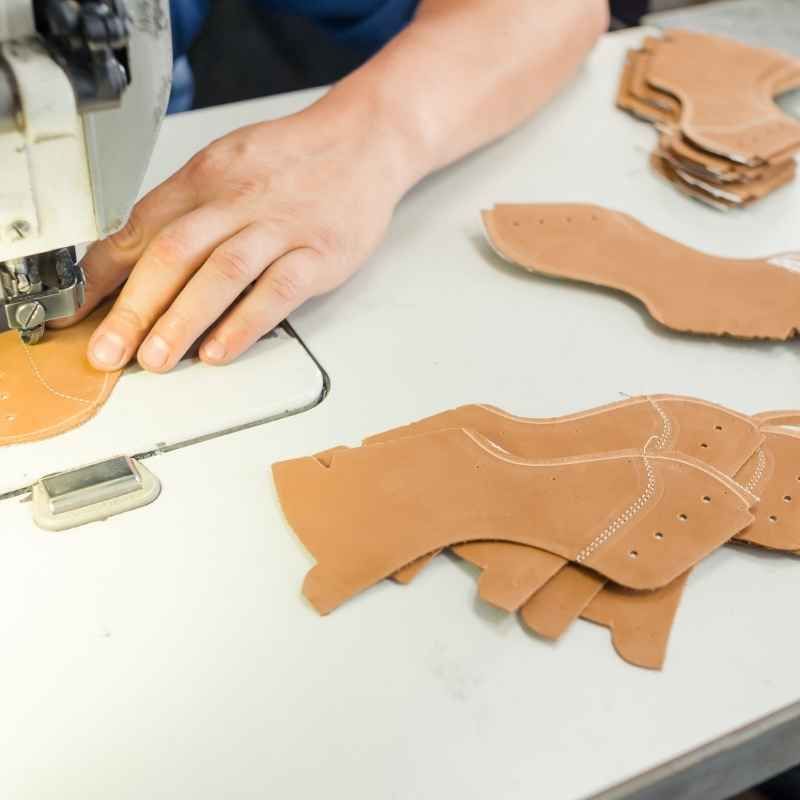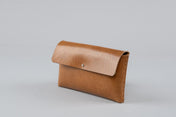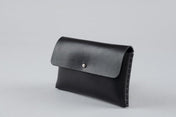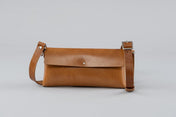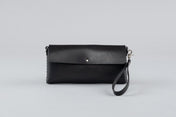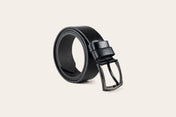When it comes to buying a new pair of shoes, you want to ensure that they will be able to withstand the wear and tear that comes with everyday use. As you begin your search, you might want to consider the different types of materials that are used to make them.
Rubber
Rubber is one of the most durable shoe materials and is ideal for sneakers. It is also more waterproof than leather. However, some manufacturers use plastics instead of rubber. These materials are cheaper and lighter. They are also easy to source.
Polyurethane (PU) is another material that can be used to make a sole. This material is water resistant, lightweight, and chemical resistant. PU is also flexible.
There are many different synthetic materials that can be used for a sole. Some of the more common materials include ethylene-vinyl acetate, EVA, and polyurethane.
The first type of shoe sole made of rubber was created more than 200 years ago. The vulcanization process was discovered by Charles Goodyear. During the vulcanization process, a mixture of natural rubber and curing agents is heated for a short period of time. This results in a stronger latex.
Natural rubber is a better alternative than synthetic rubber. This material is cheaper, more sustainable, and more durable. But it is not always the best option.
Rubber is also lightweight, flexible, and has excellent shock absorption. Unlike leather, it does not form to your feet. Nevertheless, it is not as grippy as leather.
In the footwear industry, manufacturers supplement natural rubber with synthetic compounds to provide greater strength, flexibility, and shock absorption. Synthetic rubber is not as flexible as natural rubber.
Textiles
Textiles are one of the most important components in a shoe. They are comfortable, durable and flexible. This makes them a great choice for any type of shoe, including athletic shoes. You can find them in a variety of colors, textures and designs.
Textiles can be woven, knitted or even a combination of the two. There are a variety of fibers to choose from, such as rayon, wool, and polyester.
One of the most common materials used in shoes is leather. Leather has some advantages over synthetic materials, including being durable and breathable. It is also easy to care for. But also, it might wear out more quickly.
Another option is polyurethane coated fabrics. These are light and flexible, making them a good choice for imitation of leather. Polyurethane is usually derived from petroleum, but can be obtained from a variety of sources.
One of the most popular textiles is nylon. Nylon is a polymer-based material that was introduced in the 930s as a silk alternative. Various compounding techniques are used to achieve different consistencies.
Another notable textile is lycra. Lycra is a stretchy, pliable material that can be used in many ways, including in bindings and linings. Other popular types of fabric include rayon, polyester, and cotton.
For the ultimate in shoes, there is the faux-leather, or suede. This fuzzy leather is a softer, more comfortable choice.
Leather
Among the various materials used to make shoes, leather is certainly the most durable. In addition to being sturdy, it is also durable and waterproof.
Leather shoes are also quite easy to maintain. You can keep them clean by using a leather moisturizer and rubbing it on the leather. Alternatively, you can try a leather cleaner or polish to add a new layer of luster to the leather.
Rubber is another material that is widely used in the manufacture of shoes. It is an excellent material for providing traction on a slippery surface, while it is resistant to oils, acids and punctures.
Polyurethane (PU) is a man-made material that provides the same benefits as natural leather. It is lightweight, comfortable, and is resistant to oil, water and chemicals.
Polyvinyl chloride (PVC) is another option. These synthetic materials have many uses and are largely water resistant. However, they are not as flexible as rubber.
Another good choice is Chromexcel, which is a high-quality leather imbued with a variety of oils and waxes to provide a depth of color. The best tanneries producing this leather are in Germany and France.
There are many synthetic materials to choose from. They are usually lightweight, waterproof, wrinkle-free, and strain-resistant.
The best material to wear on your feet is the one that will give you the most comfort. Leather is a popular choice, and can give you a sleek and elegant look. While it may cost more than other materials, it is also one of the most durable options.

